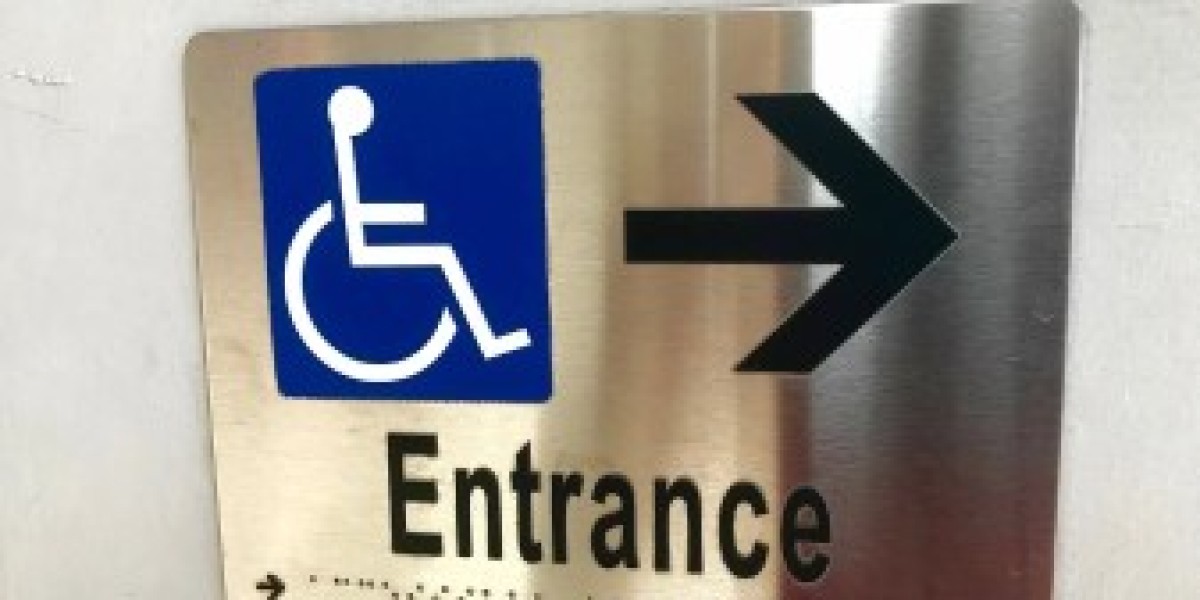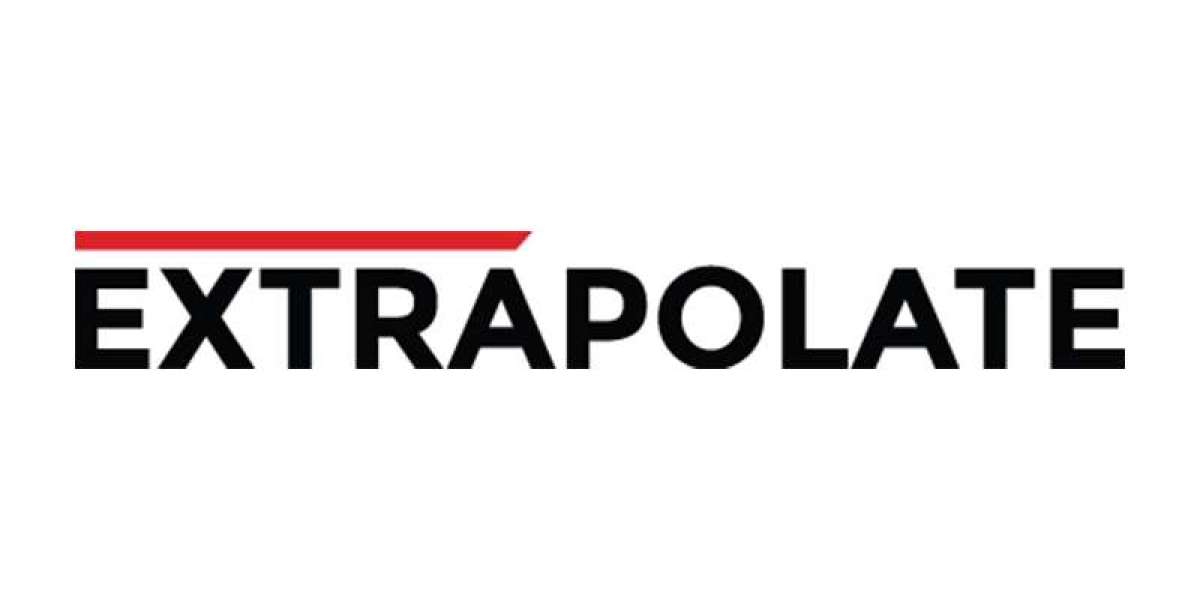Introduction:
For individuals with visual impairments, navigating public spaces can be a daunting task. From finding the nearest restroom to locating a specific store or office, the lack of clear directional signage can lead to frustration and uncertainty. That's where adaptable wayfinding signs come into play. In this blog post, we'll delve into the world of ada wayfinding signs, exploring their purpose, design requirements, and benefits for both businesses and individuals.
Purpose of Ada Wayfinding Signs:
Ada wayfinding signs are designed to provide clear and concise directions for individuals with visual impairments, helping them navigate public spaces independently. These signs are strategically placed throughout buildings, malls, hospitals, and other public areas to guide visitors through unfamiliar environments. They help individuals find their destination quickly and efficiently, reducing stress and anxiety associated with navigating new places.
Design Requirements:
Ada wayfinding signs must meet specific design requirements outlined by the Americans with Disabilities Act (ADA) and the Architectural and Transportation Barriers Compliance Board (Access Board). Here are some key guidelines:
- Tactile Letters and Braille: Like ada bathroom signs, wayfinding signs feature raised letters and Braille to enable individuals with visual impairments to read them by touch.
- Contrasting Colors: The background and lettering colors must have sufficient contrast (at least 70% contrast ratio) to make the sign easily readable.
- Font Style: The font used should be clear, simple, and sans-serif, similar to those used on ada bathroom signs.
- Mounting Height: Signs should be installed at a consistent height, usually between 48 and 60 inches above the finished floor, to ensure they're within reach and viewable.
- Symbols: Pictograms or logos can supplement written information, making it easier for individuals to understand the message conveyed.
- Materials: Ada wayfinding signs can be made from durable materials like metal, plastic, wood, or glass, ensuring longevity and resistance to wear and tear.
Benefits of Ada Wayfinding Signs:
The benefits of ada wayfinding signs extend beyond mere compliance with regulations. Let's look at how they impact businesses and individuals alike:
- Enhanced Customer Experience: Clearly labeled signs simplify navigation, reducing confusion and frustration for all visitors. This leads to higher customer satisfaction and loyalty.
- Compliance: By installing ada wayfinding signs, businesses demonstrate their commitment to accessibility and avoid potential legal issues related to noncompliance.
- Increased Safety: Well-designed signs help prevent accidents by providing clear directions, especially in emergency situations where swift evacuation is crucial.
- Social Responsibility: Providing accessible wayfinding signs shows a business's dedication to inclusion, diversity, and equality, fostering a positive corporate image.
- Broader Appeal: Adaptable wayfinding signs cater to a wide range of users, including seniors, individuals with temporary disabilities, and foreign visitors who may struggle with English.
- Cost Savings: While the initial investment in ada wayfinding signs might seem substantial, it ultimately saves money by reducing the need for frequent requests for assistance, employee guidance, and potential legal fees.
Conclusion:
Ada wayfinding signs are an integral part of creating an accessible and inclusive environment in public spaces. By understanding the purpose, design requirements, and benefits associated with these signs, businesses can improve the overall experience for all visitors while demonstrating their commitment to social responsibility. As we move toward a more equitable society, let's embrace the importance of adaptable wayfinding signs and work together to build a more navigable world for everyone.



